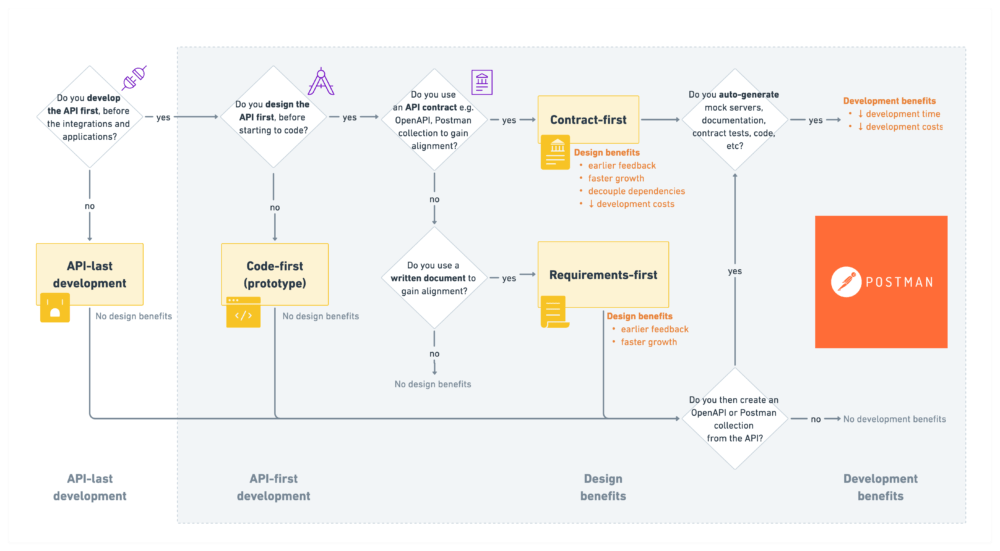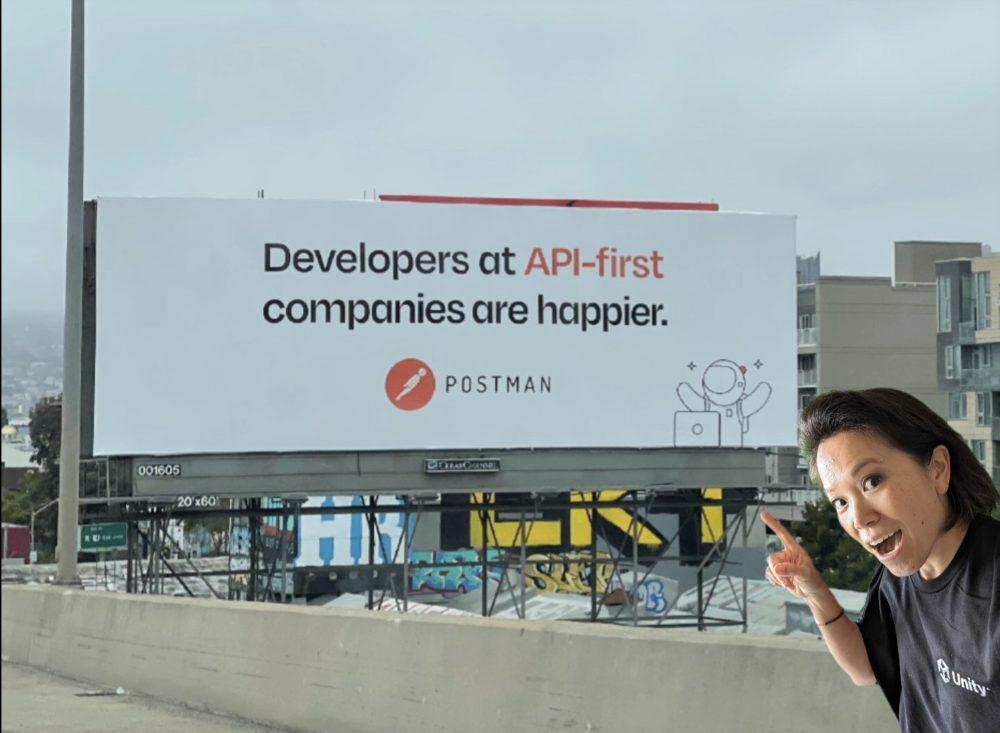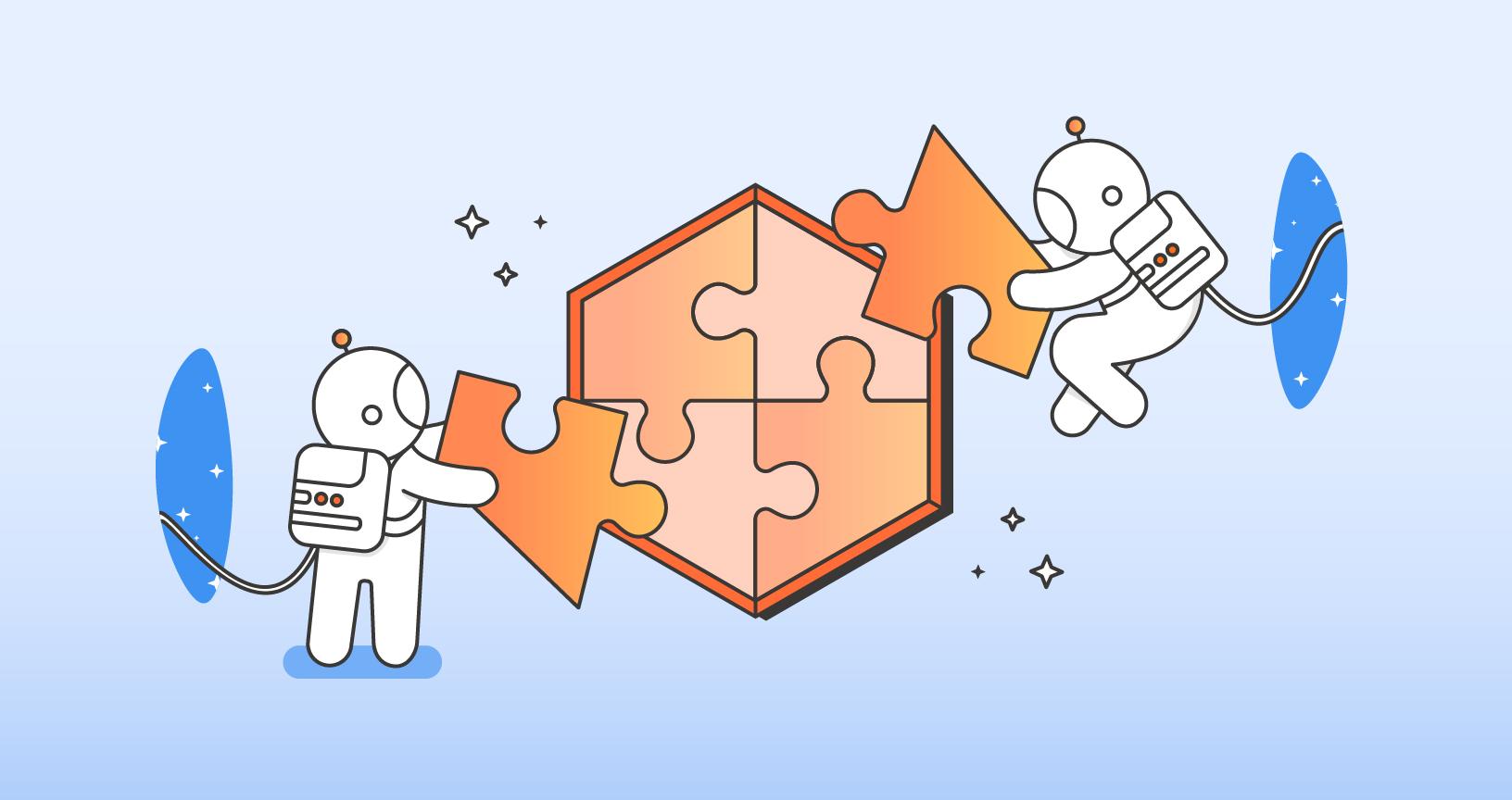Are you API-first? Here are 4 implementations
“API-first” has become a hotly debated topic and popular API buzzword in recent years. You can be API-first if your business commercializes APIs and provides APIs as a product. But API-first also describes an approach for API producers involving defining and designing APIs and schema before beginning development.
Can you still call yourself API-first if you don’t have an API contract, like an OpenAPI Specification or a Postman Collection? Can you still call yourself API-first if you use OpenAPI, but only for documenting your API, and not for designing it too?
API-first in theory vs. in practice
Several years ago, I began sharing how your organization can be API-first as a theoretical approach to development. After a number of conversations with teams struggling to implement an API-first approach in their own way and with their own constraints, I’ve distilled the tactics of API-first approaches into four categories of implementation. Your team may have a different name for your approach, and likely with tweaks in the workflows here and there. But this is what API-first looks like in practice in 2022.
Four implementations of API-first workflows:
- Contract-first
- Requirements-first
- Code-first
- API-last

Watch and learn
Check out the “Are You API-First?” video below featuring four implementations of API-first workflows:
API-first can buy happiness
Being API-first takes work. Some organizations have struggled to secure buy-in from either leadership or practitioners. Others have struggled with quality, governance, and observability. Despite the work involved to get there, API-first leaders believe in the benefits of an API-first approach to development, such as launching new products faster, creating better software, and being more productive. And 75% of respondents in the State of the API survey also agreed that developers at API-first companies are happier.


What do you think about this topic? Tell us in a comment below.